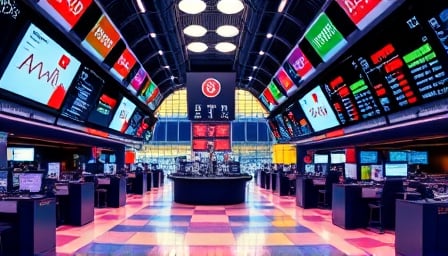W R Berkley’s Rocky Road to Recovery
W R Berkley’s stock price has careened wildly over the past 52 weeks, plummeting from a high of $76.38 to a low of $55.80. The latest close price of $71.69 is a far cry from the company’s lofty ambitions. But what does this rollercoaster ride say about the company’s financial health?
The numbers are telling. With a price-to-earnings ratio of 16.31, W R Berkley is trading at a premium to its peers. This could be a sign of investor optimism, but it also raises questions about the company’s ability to deliver sustainable growth. And then there’s the price-to-book ratio of 2.93, which suggests that investors are willing to pay a hefty premium for the company’s assets.
But here’s the thing: these metrics don’t tell the whole story. They don’t account for the company’s debt, its competitive landscape, or its ability to adapt to changing market conditions. And that’s where things get really interesting.
- W R Berkley’s debt-to-equity ratio is a whopping 0.73, indicating that the company is heavily leveraged.
- The company’s return on equity (ROE) is a paltry 8.35%, suggesting that it’s not generating enough profits to justify its valuation.
- And let’s not forget the company’s beta of 1.23, which indicates that its stock price is highly volatile and sensitive to market fluctuations.
So what does it all add up to? In our opinion, W R Berkley’s recent performance is a cause for concern. The company’s valuation is stretched, its financials are a mess, and its competitive position is precarious. It’s time for investors to take a hard look at the company’s fundamentals and ask some tough questions. Is W R Berkley’s stock price a reflection of its true value, or is it just a house of cards waiting to come crashing down?
